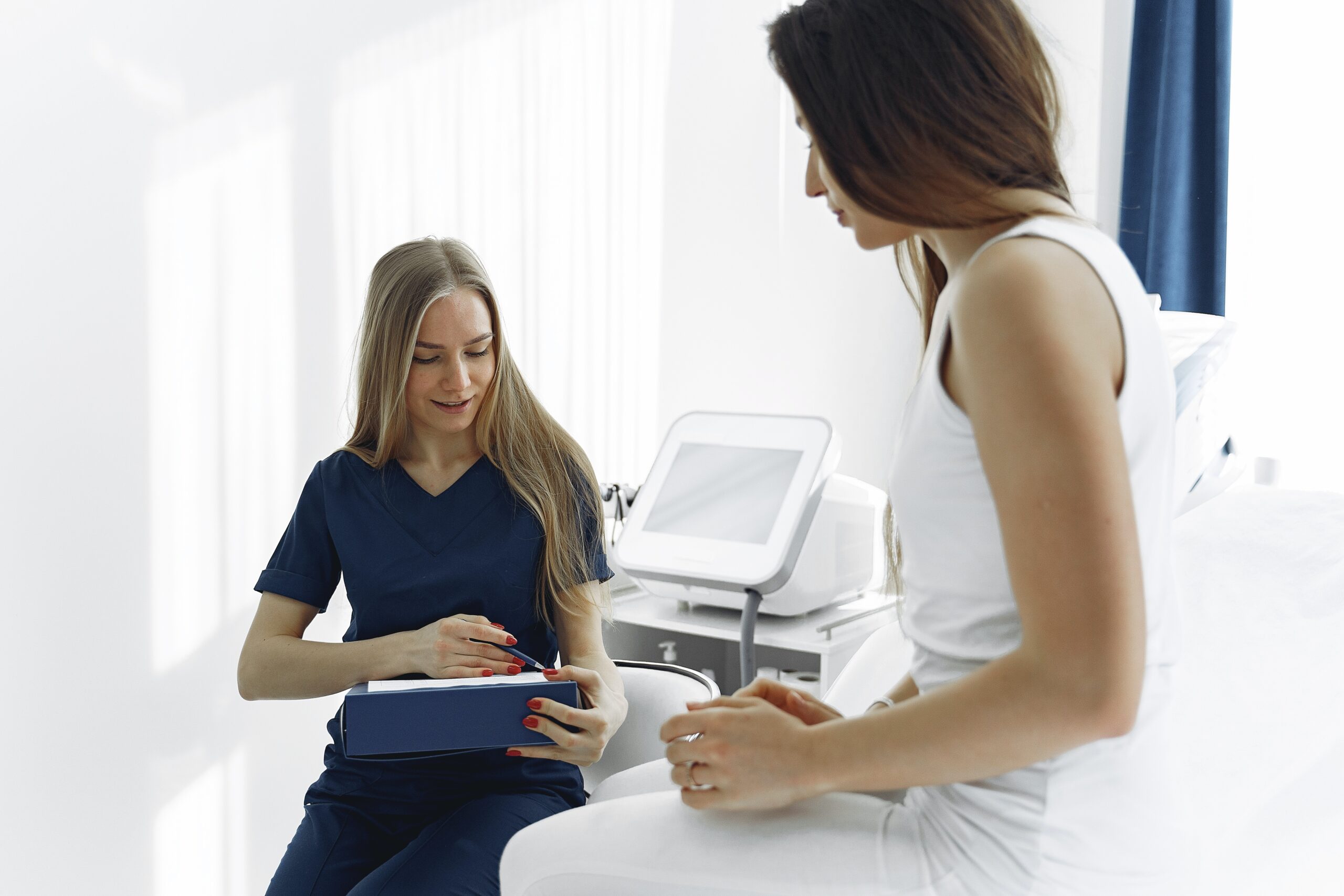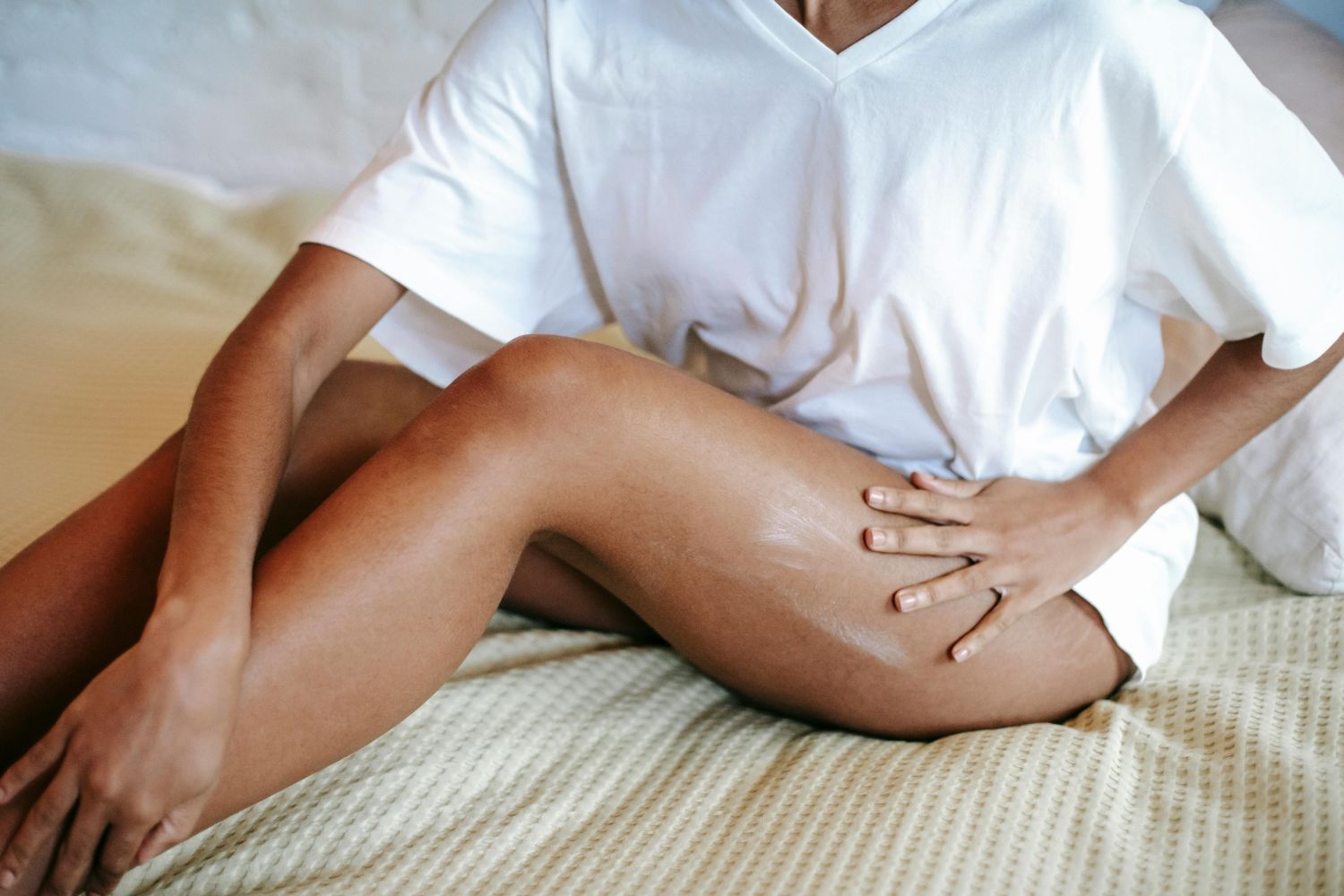
The menopausal vagina: everything you need to know but were too afraid to ask
Vaginal dryness and pain have to be the least talked about symptoms of perimenopause and menopause, yet they affect an estimated 50-60% of women. Many women struggle to talk about these symptoms due to the aura of shame and stigma that can shroud anything to do with vaginas. By the time menopause comes along, women can feel too embarrassed to seek help and suffer in silence.
We’re here to change that attitude. Let’s explore what happens to menopausal vulvas and vaginas (yes, there’s a difference!) and what steps you can take to get relief from painful discomfort.
Vagina or vulva – what’s the difference?
First, let’s check in on the language and terminology we use when we talk about our genitalia. It’s important to be accurate, especially when discussing symptoms with a healthcare practitioner, so that they know exactly what is happening for you.
Vulva
The vulva is the collective name for all the genital parts you can see outside of your body. It includes the clitoris, urethra (where we pee from), and outer and inner labia, or two sets of fleshy lips. Changes to the look and feel of the vulva are common during menopause. It’s a good idea to get to know what your vulva looks like and how it feels, so that you can monitor any changes.
Outer and inner labia
These sets of lips are there to protect the vagina from infection. There’s no such thing as a standard vulva! Some women have inner labia that hang slightly lower than the outer labia, and this is perfectly normal. The inner labia contains tiny glands that help lubricate the vulval area for everyday comfort and sexual arousal.
Urethra
This is where we pee from. Thanks to the proximity of the urethra, vagina, and anus, urinary tract infections (UTIs) are much more common in women than men, and even more so during menopause. Harmful bacteria can easily translocate from the anus to the urethra and up into the bladder, or from the anus to the vagina, and cause infection.
Vagina
The inner labia act as the gateway to the vagina — the internal passage that leads up to the womb and cervix. When we talk about vaginal pain, soreness or infection, we are referring to this internal part of the body; everything outside of this part is the vulva.
What happens to your vulva and vagina during menopause?
During perimenopause and menopause, your vulva and vagina go through a lot of changes. Falling estrogen, progesterone, and testosterone affect the lubrication and sensitivity of the vulva (including the clitoris), and skin texture, thickness, and plumpness.
Estrogen helps regulate collagen — the protein that keeps our skin looking smooth and plump. We produce less and less collagen from our mid-twenties onward, and this rate of decline speeds up after menopause.
Collagen loss affects the plumpness and thickness of the lining of the vagina, and the skin that covers the vulval area. You may notice that your vagina, vulva, and perineum (the area between the vaginal opening and the anus) become thinner, feel itchy, and are prone to small tears and micro abrasions, especially during sex. If you have any scar tissue from vaginal surgery or childbirth this can shrink too, and become painful and uncomfortable.
The vagina itself loses elasticity and lubrication and gets shorter and narrower. Loss of muscle tone and shrinkage can lead to vaginal prolapse. Both your vagina and vulva may feel incredibly sensitive too—and not in a good way. This hypersensitivity can lead to sharp pains, dull aches, itching, and a burning sensation that makes even the loosest of soft underwear too uncomfortable to wear.
This is just a short slice of the article — read the whole article, including Sally Duffin’s tips for addressing vaginal dryness and pain — here on the brand-new Midst Substack.




